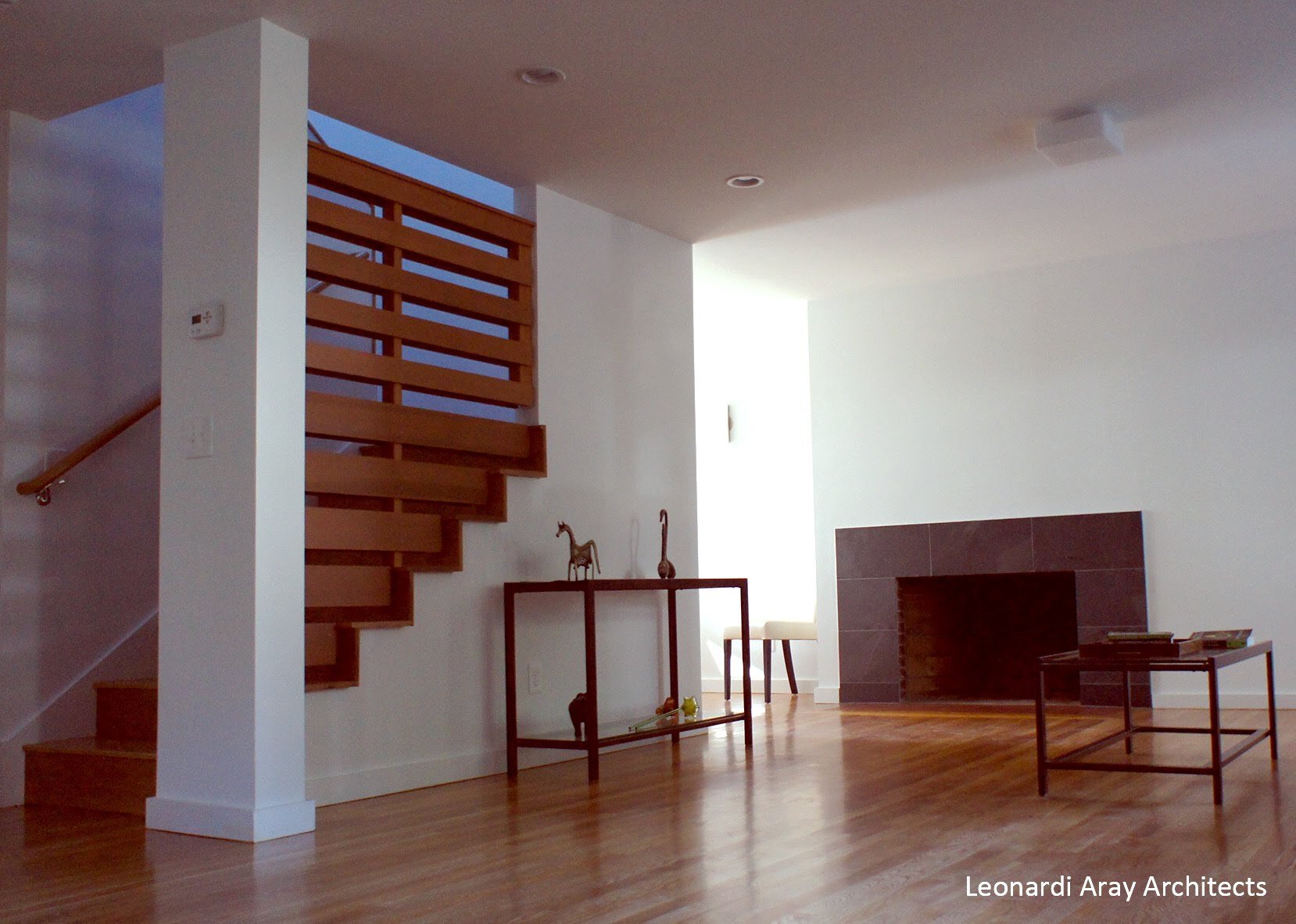An Architect's Perspective: Building an Addition
Dwell360 is pleased to present this article, expertly written by our friends Michele Adrian, AIA, LEED Green Associate, and Leonardi Aray, AIA, NCARB of Leonardi Aray Architects in Cambridge, MA.
Property owners and those seeking to buy a home often consider building an addition to increase the number of bedrooms, expand the living area or to build that well-needed second bathroom. And, of course, to increase the value of the property. Some clients or property owners need to include all of those needs in one building addition. A cost-effective and well designed residential addition requires, among other tasks, an evaluation of local zoning and permit regulations, structure of the building, costs and the relationship of the new addition to the existing house.
An architect can help you design and build the addition that you envision.
What Type of Addition?
One distinction to be made is the type of addition that suits your needs. Would you build above and within the existing building footprint or envelope? Or, would you expand the building footprint. In somecases you may need both strategies. In either case you want to understand how the new addition will impact the existing circulation within your house, window locations and facade, sun exposure, cooling and heating systems, and natural ventilation, to name a few considerations.
In this blog we have featured a project that illustrates some of the strategies and considerations when building an addition over an existing building.
39S: An addition to a two-family ranch by Leonardi Aray Architects (LAA), 2013.
The owner retained the architect to provide design services for building a second floor over an existing 2-family (side by side) ranch. One unit remained unchanged, while the new second floor over the owner-occupied home included two bedrooms, one family room and one bathroom.
Zoning and Programming
The homeowner or potential buyer may have an initial consultation at the building department to find out the feasibility of building an addition relative to zoning and permit requirements. We recommend, however, that a systematic review of the local zoning ordinance be done prior to starting any design or construction. Do not make assumptions of what a definition in the by-law may indicate. Check under the definition section for terms like yards, height, area, etc. Do not ever assume that if something is allowed in a specific town, it will apply to your local jurisdiction.
An architect is best-suited to do such work. For 39S, we prepared easy-to-read illustrations, and included 3D images, that conveyed the initial design intent, challenges, opportunities and zoning requirements. We prepared various scenarios to illustrate the owner’s program. We used the outcome of this process as guidelines throughout design and construction.
Zoning considerations include:
- If the existing building footprint is unchanged, the existing yards (or setbacks) should be identified. In the case of 39S, we obtained record plans from the city and confirmed that the yards were in compliance with zoning regulations.
- The building height, including the addition, should also meet zoning requirements. This was not an issue at 39S.
- The owner of 39S wanted to relocate parking and it was possible, but only by meeting dimensional requirements.
- Buildable area regulations are extremely important in order to fit the owner’s programmatic needs. In the case of 39S, building the 2nd floor with an area equal to the level below was allowed. In some cases the allowable building area on the upper floor may not exceed a portion of the area in the level below.
Structure
In 39S, we worked with a structural engineer to determine if the existing foundation and framing were adequate to support the new loads. New footings and columns through the first floor were added to support the new structure. These new elements did not interfere with the first floor layout. Also, the footings of the front of the building, now the main entrance to the house, were reinforced.
One key component of building over an existing building is where to locate the stairs and how much space they would take. The stairs at 39S were built at the center of both floors, over the existing basement stairs. The new stairs are a focal point within the first floor and a source of natural light.
Building Exterior
How will the new upper level facade relate to the existing lower floor? This is an opportunity to repair and/or upgrade the existing siding or other exterior materials as needed. For 39S, the client wanted to use cedar-wood siding and we recommended replacing the old aluminum white siding with fibercement boards. We worked with her to find the best approach to develop an integral building exterior as follows:
- The cedar-wood siding was utilized to emphasize the new building height, while the new white clapboards improved the exterior appearance of the unchanged 1 story unit.
- We used the white clapboards -whit a hat- on the addition to differentiate the volumes that the new roof lines created.
- The new windows on the second floor addition, as well as some installed on the first floor, were located to work with the interior layout and maintain a relationship with the existing windows. Sun exposure was also considered.
- The entrance to the renovated dwelling unit was relocated in sync with the new building height and interior layout.
- The goal was not to differentiate the new addition from the existing building; the design intervention has successfully unified both.
Costs
We believe that construction costs are directly associated to the efficiency of the design. The design will determine the area to be built -think in terms of dollar per square feet ($/SF) - and the complexity of the construction. Access to the site, connection to existing cooling and heating systems, electrical and plumbing, interior finishes and even previous work done to the property will determine construction costs.
Work with your architect to obtain quotes from two or three contractors or consider working with a contractor that has a working relationship with the architect. The architect and the contractor together can develop initial cost estimates at the early stage of the project. Following are strategies that we implemented at 39S to manage costs:
- The new second floor on 39S is compact and efficient; circulation space was minimized.
- The building articulation and roof form is directly related to the interior program, existing structural layout and the user’s experience.
- Building the minimum square footage (SF) necessary to fit the owner's program.
- Installing solar panels, sizing and locating low-heat transmission windows relative to sun exposure. Implementing these measures and upgrades has reduced utility bills.
Check Dwell360’s blog for more information and resources on energy savings programs.
We hope that you find this information helpful as you venture to upgrade, renovate or build a new addition. Please feel free to contact Leonardi Aray Archiects with questions. Next time, we will continue with a discussion on building an addition abutting an existing building.
Michele Adrian and Leonardi Aray are architects with Leonardi Aray Architects in Cambridge, MA. For more than 20 years, they have been helping their clients from the early stages of design through to completed contruction. Dwell360 Real Estate is thrilled to have them as a guest bloggers, and encourages those looking for a skilled architect to contact them at 617-584-0897 or by visiting their website.





